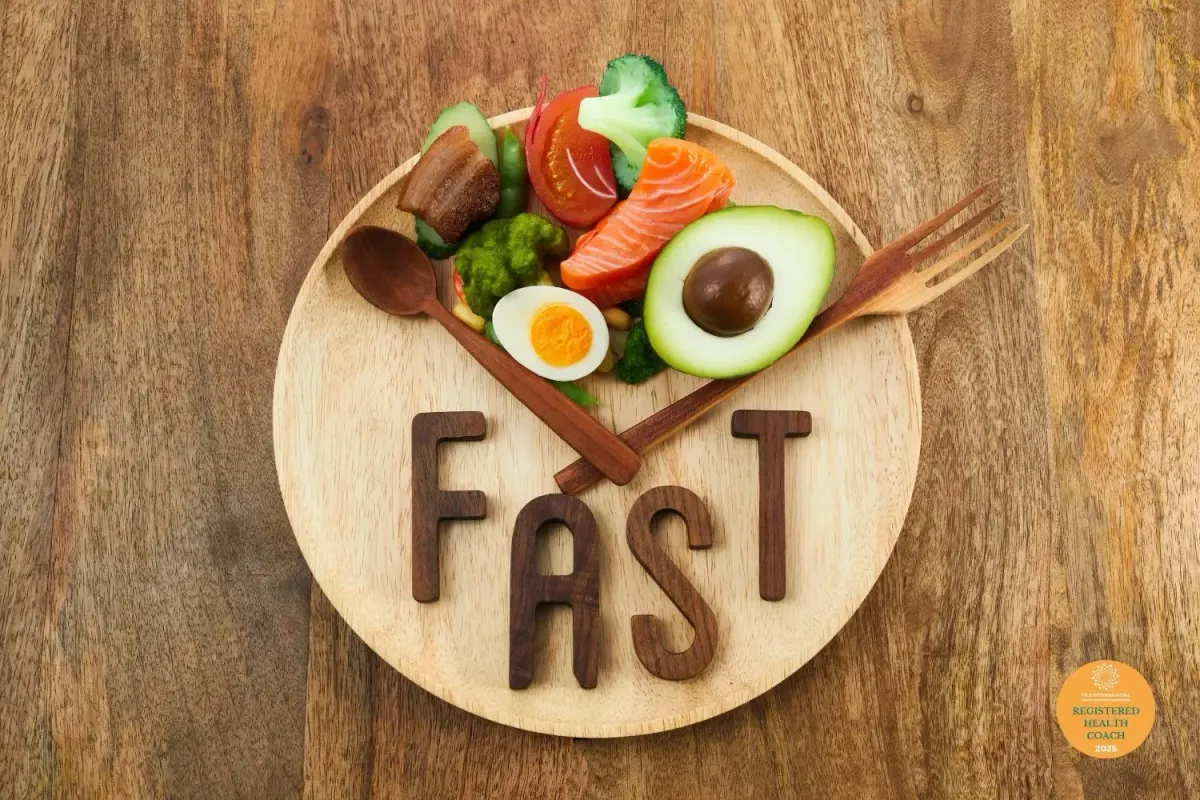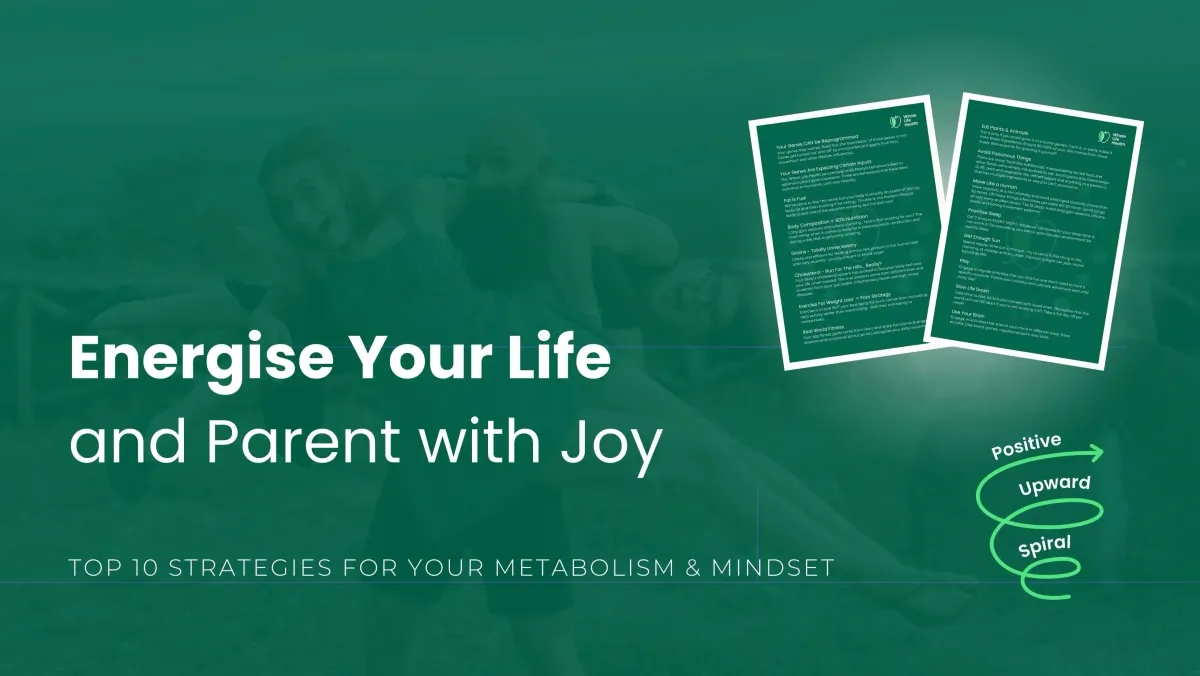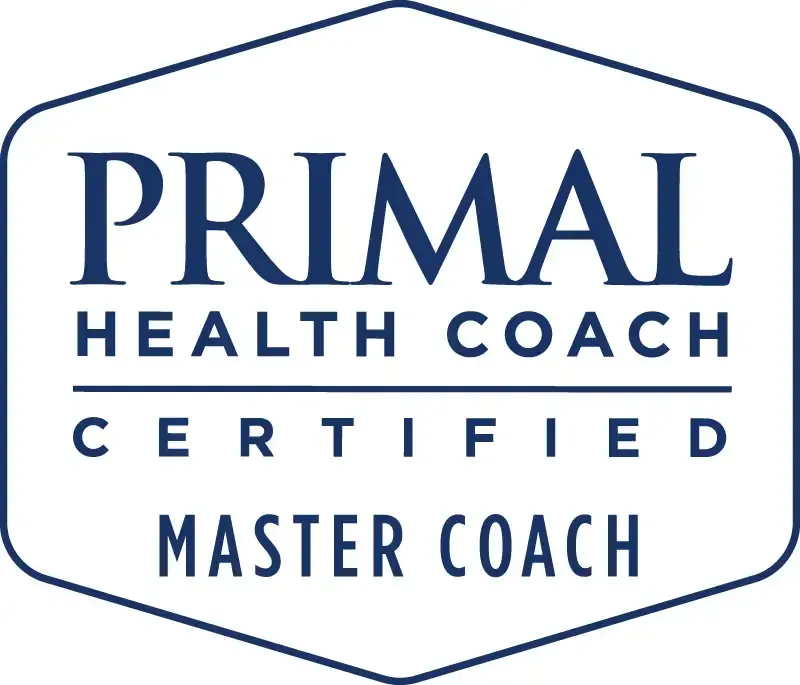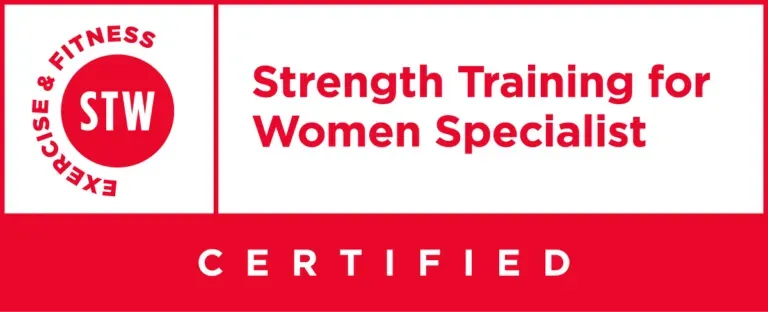
Fasting Isn’t a Fad — It’s a Privilege Rooted in Ancestral Wisdom
The Luxury of Choosing When Not to Eat
Imagine explaining to your great-great-great-grandparents that you skip breakfast by choice, not because there’s no food. That you’ve scheduled your eating window to support insulin sensitivity. That you’re fasting on purpose — for energy, clarity, metabolic health.
They would likely stare at you blankly…
Because although the science is modern, the principle is ancient. One that was created due to lack (food scarcity) and cultivated because of it's benefits (think various religious and ascetic practices, probably augmented by having a tip top metabolism). Fasting, as we'll talk about it here, is a privilege - both in the fact that we get to use it when we would like and also in the sense that we have to earn the right to use it, by laying some ground work, if we don't want to crash and burn!
As Marisa Moon puts it in Not So Fast, “Fasting is a privilege only made possible when we are well-fed, well-resourced, and safe.”
It’s not survival anymore. It’s a strategic pause — a way of reconnecting with the rhythm our bodies evolved for, but that modern life so easily disrupts.
Why Fasting Works (When the Foundation Is There)
Fasting can feel powerful. Restorative. Even clarifying... And, of course, there are the potential metabolic health benefits.
But here’s the catch: it only works when your system is ready to receive it.
If you're chronically underslept, over-caffeinated, under-eating protein, skipping meals because you're busy, and living in a constant state of stress... fasting can tip you over, not tune you in.
That’s why at Whole Life Health, we always start by building a solid metabolic base:
Eat real food — high in protein, good fats, and mineral-rich produce
Sleep like it matters — because it does
Move naturally and often — without needing to “burn off” anything
Hydrate intentionally — with salt, not just water
Calm your nervous system — take work breaks & practice Self-Compassion
Only then does fasting become a tool — not an inappropriate and over the top stressor.
The Benefits (Backed by Evolution and Science)
When applied with intention, intermittent fasting can:
Improve insulin sensitivity and glucose regulation
Lower inflammation and triglycerides
Reduce body fat, especially visceral fat
Enhance cognitive clarity and reduce brain fog
Trigger cellular repair mechanisms (like autophagy) that help the body clear out damaged cells and tissues
Simplify your day and create mental and digestive space
It’s less about “eating less” and more about when you give your body time to reset.
The Protocols: Finding the Right Rhythm for You
Over the years, I’ve experimented with just about every major fasting style — from classic 16:8 to 72-hour stints, 5:2, and protein-sparing modified fasts (PSMF). I’ve also seen how my clients respond to each approach. Some thrive on structure. Some do best with flexibility. Others rotate depending on life load, sleep, or training demands.
Once your baseline is solid, it’s worth experimenting — not with rigidity, but with curiosity. What feels energising? What feels depleting? Which rhythms support your life rather than squidge it?
Here’s a look at some of the most effective and widely used IF methods, along with what I’ve observed from both personal and client experience:
Time-Restricted Eating (TRE) — e.g., 16:8 or 18:6
This is the most common place to start. You fast for 16–18 hours and eat within a 6–8 hour window.
For most people, that means skipping breakfast or having a late start to the eating day. When paired with high-protein, nutrient-dense meals, this approach is incredibly effective for fat loss, energy, and digestion. Some people do better, and the science stacks up, with eTRF where dinner and eating later in the day is what gets dropped with the priority being on breakfast.
Best for: Daily consistency, early circadian alignment, minimal disruption to life.
Watch for: Under-eating, late-night binging, or running this too aggressively in high-stress seasons.
5:2 Method
Here, you eat normally five days per week and restrict calories (around 500–600) on two non-consecutive days.
Clients who travel a lot or want flexibility often find this fits best. You can eat socially most days and still get the metabolic benefits of calorie cycling and digestive rest.
Best for: People who like variety, want metabolic benefits without daily time constraints.
Watch for: Cravings and energy dips on fasting days if not properly nourished on the others.
24-Hour Fasts (Eat-Stop-Eat)
This is where you fast from dinner to dinner — say, 6pm one night to 6pm the next. No food, just water, salt, black coffee or herbal tea.
These are powerful “reset” tools. Great after a heavy weekend, to reduce bloating, or to reset hunger cues.
Best for: Occasional use when the nervous system is calm and protein intake is otherwise high.
Watch for: Light-headedness, overexertion, or using it to compensate for overeating (we’re after health, not penance).
Alternate-Day Fasting (ADF)
Every other day you either eat nothing or stick to a low-calorie limit.
The studies on ADF are impressive — especially for people with obesity or metabolic syndrome. But it’s also hard to live with long-term. Most people can’t sustain it — and that’s okay, you're not really meant to!
Best for: Targeted fat loss in very specific seasons of life.
Watch for: Social impact, nutrient gaps, overcompensation on eating days.
Protein-Sparing Modified Fast (PSMF)
This is a short-term, aggressive strategy used to preserve muscle while accelerating fat loss. You eat mainly lean protein, cut fats and carbs right down, and keep calories very low — but protein high.
I’ve used this for short phases, and many of my clients do too — especially those with physique or metabolic goals. It’s not for everyone, and definitely not an everyday thing, but when applied well, it works!
Best for: Reset phases, post-holiday damage control, or structured body recomposition under guidance.
Watch for: Poor planning, low electrolytes, or doing this without a solid foundation first.
So How Do You Choose?
If you’re just getting started — start gently. A 12-hour overnight fast (7pm–7am) is a powerful first step. You can build from there.
Then step it up an hour at a time so long as you don't feel any drawbacks in your body and mind.
If you’ve been eating well, sleeping well, and feeling stable — try amping it up to 16:8, or one 24-hour fast per week. Adjust based on how you feel.
If your stress is high, your cycle is irregular, or your sleep is poor — don’t fast. Support first. Fast later.
And if you want support tuning in to what your body needs — that’s exactly what we’re here for.
N.B. Build meals around protein + real food
Avoid under-eating. Protein supports satiety, repair, and muscle mass — especially important for prep and re-feeds post-fasting.
N.B. Hydrate (and salt it!)
Low-carb diets and fasting both increase fluid loss. Add sea salt or try a homemade electrolyte mix to avoid headaches and fatigue.
Fasting Is a Rhythm, Not a Rule
It’s not about proving discipline or joining a trend.
It’s about:
Clearing space
Returning to simplicity
Listening to hunger cues again
Letting your digestion rest
Learning how you function best
When it’s done well, fasting brings you back to yourself.
Want to Experiment Safely?
Let’s build a rhythm that suits your life, not just your blood sugar.
Book a free call and let’s explore fasting as a tool, not a rule.
Further Reading
Not So Fast by Marisa Moon – One of the best modern takes on fasting with clarity, care, and respect.
References
Silva et al. (2023). Metabolic Homeostasis & IF. https://doi.org/10.3390/jcm12113699
Herz et al. (2024). Fasting Interventions in Healthy Individuals. https://doi.org/10.3390/nu16081114
Carvajal et al. (2023). IF and Metabolic Health. https://doi.org/10.4067/s0034-98872023000100081
De Toledo et al. (2020). Fasting, Cognition & Longevity. https://doi.org/10.1080/07853890.2020.1770849
Correia et al. (2020). Fasting and Performance. https://doi.org/10.3390/nu12051390
Marisa Moon. Not So Fast. https://www.marisamoon.com/









